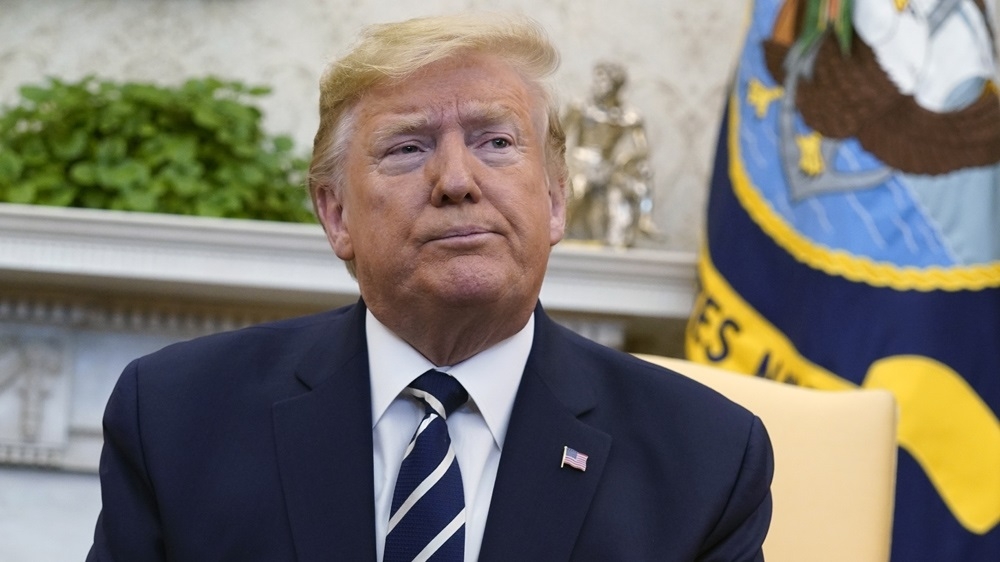TRUMP’S PLAN
| Date :31-Jan-2020 |

ROUTINE life in Israel is invariably marked by a conflict-laden day throughout which its armed forces battle on multiple fronts with Palestine-backed forces and political leaders ponder on ways to settle a long-pending territorial dispute. A change in status quo is likely to happen soon with the President of United States Mr. Donald Trump unveiling his Middle East peace plan that proposes a two-State solution aimed at ending one of the longest disputes. Mr. Trump’s plan -- Peace to Prosperity: A Vision to Improve the Lives of the Palestinian and Israeli People -- envisages more than double the size of Palestinian territory, a hefty financial package that can “fundamentally transform the West Bank and Gaza”, Jerusalem as Israel’s undivided capital, legality to Israeli settlements in West Bank, Palestinian capital in Eastern Jerusalem, disbandment of Hamas that rules the Gaza strip, and an end to Palestine’s violent resistance to Israel.
The US President has termed his Middle East peace plan as historic and a giant step towards peace but has been met with a “thousand no’s” from Palestinian President Mahmoud Abbas. As a matter of fact, the plan was drawn up without any meaningful Palestinian participation. The US proximity with Israel and Prime Minister Mr. Benjamin Netanyahu is well-documented. In December 2017, Mr. Trump had announced US recognition of Jerusalem as the capital of Israel and also ordered relocation of the US Embassy in Israel from Tel Aviv to Jerusalem. A resolution to that effect was also tabled in the United Nations the following year but was met with stiff resistance from a big bloc including India.
This puts a big question-mark on the success of the plan as it is being seen heavily loaded in Israel’s favour. Palestine resistance to the offer was bold and clear when Mr. Abbas declared that “Jerusalem is not for sale”. The Islamic militant group ruling Gaza also rejected it terming it as a conspiracy of the US and Israel. It also said that all options were open in responding to the Trump administration plan. This stand puts Mr. Trump’s peace plan in jeopardy and may render it as a non-starter. The first step to start fresh negotiations between the two parties in conflict lies in toning down rhetoric and scaling down the battle of attrition.
Making the leadership in both States realise the potential economic windfall that can open a fresh path to prosperity by overcoming violence is pertinent as a starter. Beyond the optics of change in border and yielding of certain contiguous territories like the Jordan Valley that is of critical importance for Israel from the security point of view, the US plan has the potential to facilitate more than $50 billion in new investment over 10 years. It includes infrastructure like high-speed transportation links between the West Bank and Gaza, promoting private sector growth, education, improving healthcare sector and overall quality of Palestinian life. Experts feel the plan would double the size of Palestine economy and cut poverty in half. Higher employment generation is also guaranteed under the facilitation of funds for the region.
These facts must be made the cornerstone of negotiations through the United Nations and countries friendly with both nations -- like India. India has long maintained that Israel-Palestine conflict should be resolved through negotiations to reach a two-State solution for peaceful co-existence. Prime Minister Mr. Narendra Modi has cultivated excellent relations with leadership in both nations. Mr. Modi has successfully managed de-hyphenation of Israel and Palestine in a marked change in India’s foreign policy without ruffling feathers in both countries. If the US peace plan is worked through such channels then it would be a great service to change the fortunes of a conflict-ridden population.